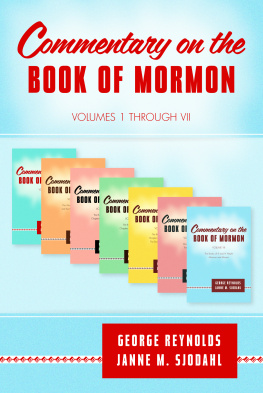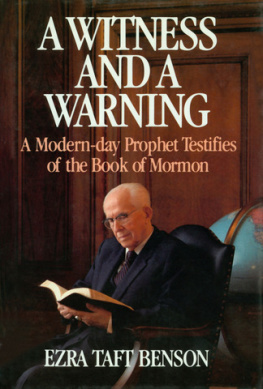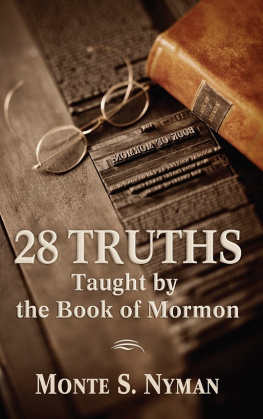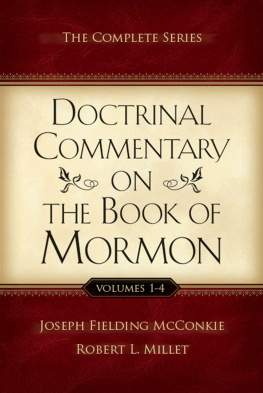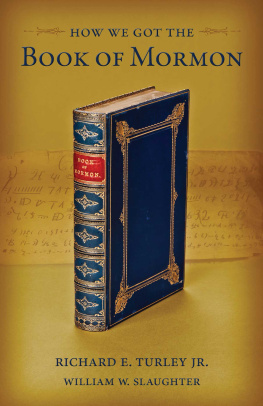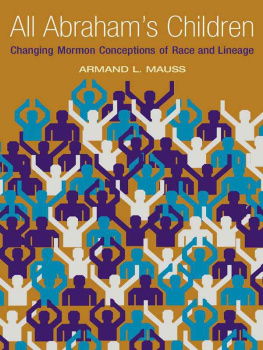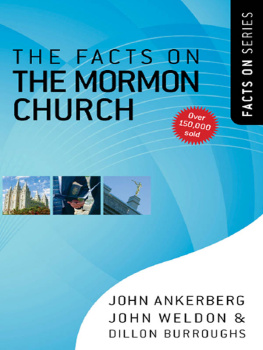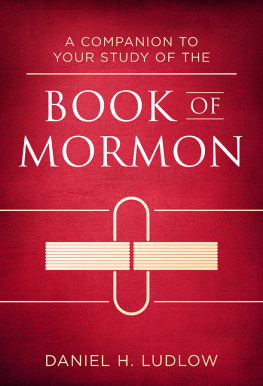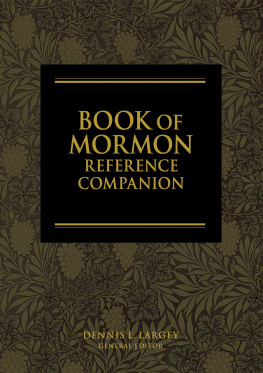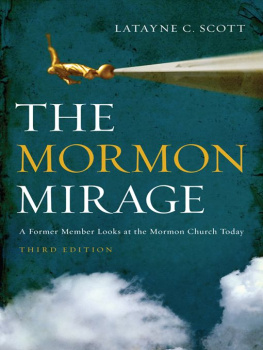Commentary on the Book of Mormon
Volumes I - VII
George Reynolds, Janne M. Sjodahl
2013 George Reynolds and Janne M. Sjodahl.
All rights reserved. No part of this book may be reproduced in any form or by any means without permission in writing from the publisher, Deseret Book Company (permissions@deseretbook.com), P.O. Box 30178, Salt Lake City Utah 84130. This work is not an official publication of The Church of Jesus Christ of Latter-day Saints. The views expressed herein are the responsibility of the author and do not necessarily represent the position of the Church or of Deseret Book. Deseret Book is a registered trademark of Deseret Book Company.
Commentary on the Book of Mormon: Volume One
Commentary on the Book of Mormon: Volume One

PREFACE
To add to the knowledge concerning the Book of Mormon that has accumulated since it was first introduced and declared to be, like the Bible, the inspired and revealed "Word of God," the authors of these volumes, after unending study, herewith present their findings.
After reading and re-reading and reading again, its sacred pages, they turned to writing about them. Each time they did, new and more beautiful concepts presented themselves to their always active minds. But it was only a beginning. There was much to learn. Their thoughts were, undoubtedly, like those of Sir Isaac Newton, who, when near the end of a life crowded with the truths he had helped unfold said, "I am but as a child playing on the sands by the sea. I have found a few pretty pebbles, washed by the spray, but beyond me, unfathomed and unexplored, lies the great ocean of whose depths and mysteries I know nothing."
The thoughts expressed in this Commentary are given only as "an introduction to the study of the Book of Mormon" and are intended merely as a guide to its perusal. As the reader progresses in the consideration of this divine and glorious revelation, new vistas and fresh horizons are sure to enter his scope and soon he will find himself worshiping with a strange but delightsome people who testify of their Israelitic ancestry, of the Law of Moses, of Isaiah, and of the Messiah, Jesus Christ, who brought and placed before them his Gospel as he previously had to the Jews.
Every book has, or should have an objective. It may be to impart knowledge of religion, of history, of pedigree, or whatnot; it may be to edify by meditation and essays; or it may to instruct with poetry and by parable. The Book of Mormon, indeed, includes all these objectives and more, but its principal purpose, throughout, is similar to that of the Bibleto bring God and man together through the one great Mediator, Jesus Christ.
To quote some words spoken by the first and the last writers in the sacred record and make them a living part of this preface, we refer the reader to II Nephi 4:15 and Moroni 10:27.
The Prophet Nephi said,
And upon these [the Small Plates] I write the things of my soul, and many of the scriptures which are engraven upon the plates of brass. For my soul delighteth in the scriptures, and my heart pondereth them, and writeth them for the learning and the profit of my children.
A millennium later Moroni wrote,
And I exhort you to remember these things; for the time speedily cometh that ye shall know that I lie not, for ye shall see me at the bar of God; and the Lord God will say unto you: Did I not declare my words unto you, which were written by this man, like as one crying from the dead, yea, even as one speaking out of the dust.
In the ages that came and went between their times, many holy prophets of the Nephites added and recorded their prophecies and their wisdom upon the plates from which the Book of Mormon was translated. We offer the following comments, which is our understanding of and our testimony to the great truths they unfold.
To the late Elders George Reynolds and Janne M. Sjodahl, who spent much of their time and abilities ferreting out the accumulated evidence herewith presented, we owe the credit for the comments and biographical notes.
In humility, we offer them, praying our Heavenly Father, by his Spirit, to render them most for our good and greatest for his glory. With full purpose of heart, we dedicate them to all who desire to know the "mind and will of God."
P.C.R.
FOREWORD
For many centuries prior to the ruthless invasion by the Spanish Conquerors, Cortez and Pizarro, in the Sixteenth Century, there flourished at various times in both North and South America, several distinct civilizations, the very remains of which are today the wonder and admiration of the world.
The land of America, known to geographers and early voyagers as the New World, is constantly yielding abundant evidence of ancient cultural enlightenment.
Almost daily, announcement is made of the discovery of objects of ancient art or utility; a temple, a pyramid, a sculptured vase or a finely-woven woolen garment; handiwork of the goldsmith's craft; evidence of the surgeon's skill; objects of reverence and adoration; great cities and highways; altogether prophesying of the past, of a beauty and a culture, of such as, perhaps, we at this time have very little idea.
From the Isthmus of Panama both to the north and also to the south, throughout the uplands and valleys of the great Cordillera, are the remains of great nations and peoples, whose influence and dominion extended to the far-flung shores of both continents and even to the islands of the sea. Of them it has been said that the old and perhaps contemporary nations of the Near-East, i.e. Egypt, Chaldea, and Babylonia, were insignificant when compared with the vast empires which extended over the Americas.
At the time the great armies of the Roman Empire had brought, what was thought to be, all the people of the earth into submission to their imperial master, a civilization in America reached a peak of excellence unprecedented by any people of antiquity. This period is known in history as the "Golden Age of the Maya." Here the fine arts, architecture, astronomy, government, and religion reached a perfection and an originality which make them to America, what the classic creations of Greece and Rome are to Europe.
The question is very often asked "Who were these strange people, and from whence did they come?" Very little is known of the history of these civilizations. Their rise and progress, their millions of people present an enigma which science has been unable to explain. Who they were and where was the land of their genesis we do not know; we cannot tell. Science has formulated very little knowledge to assist us in this dilemma. Indeed, it is one of the most perplexing sections in the history of the world. It is a mystery. Like the rising sun, they suddenly appeared upon the horizon of civilization; almost as suddenly they departed. One sentence may give the experience of a thousand years"They came; they prospered, and, at the very meridian of their glory, they vanished. It was as the event of a day."
Many attempts have been to answer the foregoing riddle. Most of them have been merely guesses, though, some of course, have bases of fact. LePlongeon, the eminent student of the Maya, in a desperate effort to explain the many relationships between the New and Old World cultures, declares that Egypt, itself, was peopled by wanderers from "Mayapan." Some declare that Asia-Minor or Egypt is the probable answer. Lord Kingsborough energetically defends the idea of Israelitic ancestry. Others suggest the fabled

